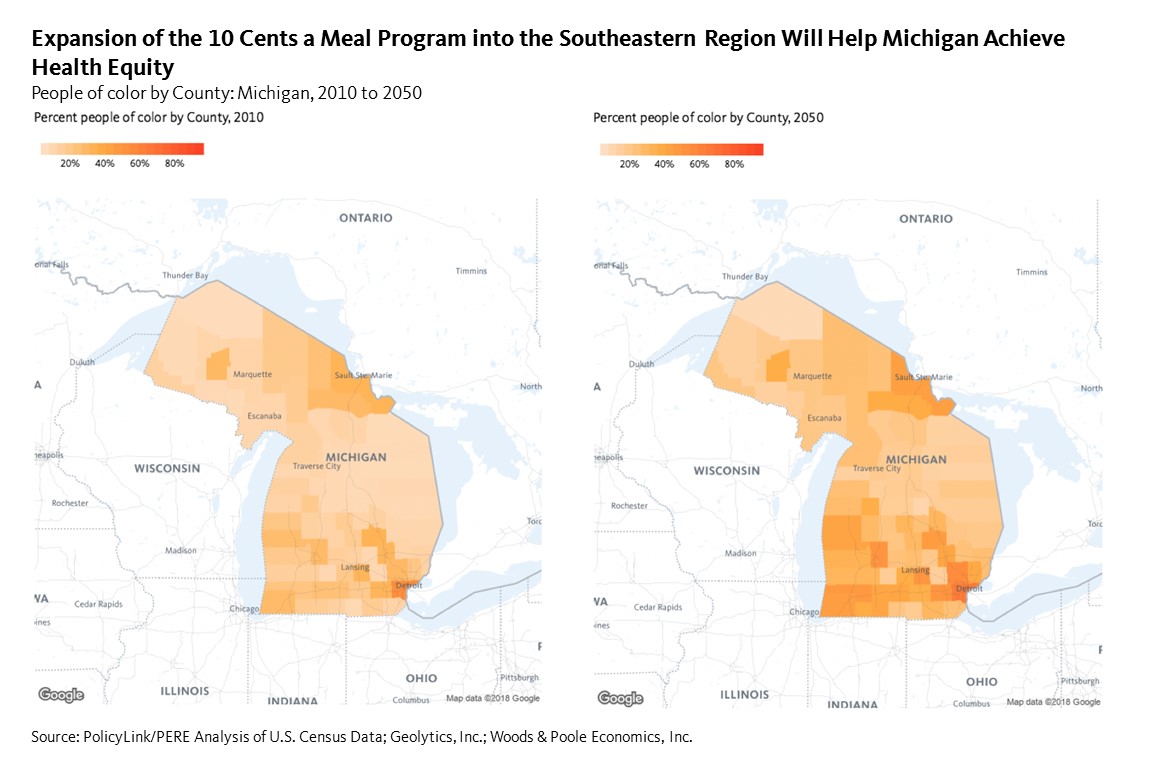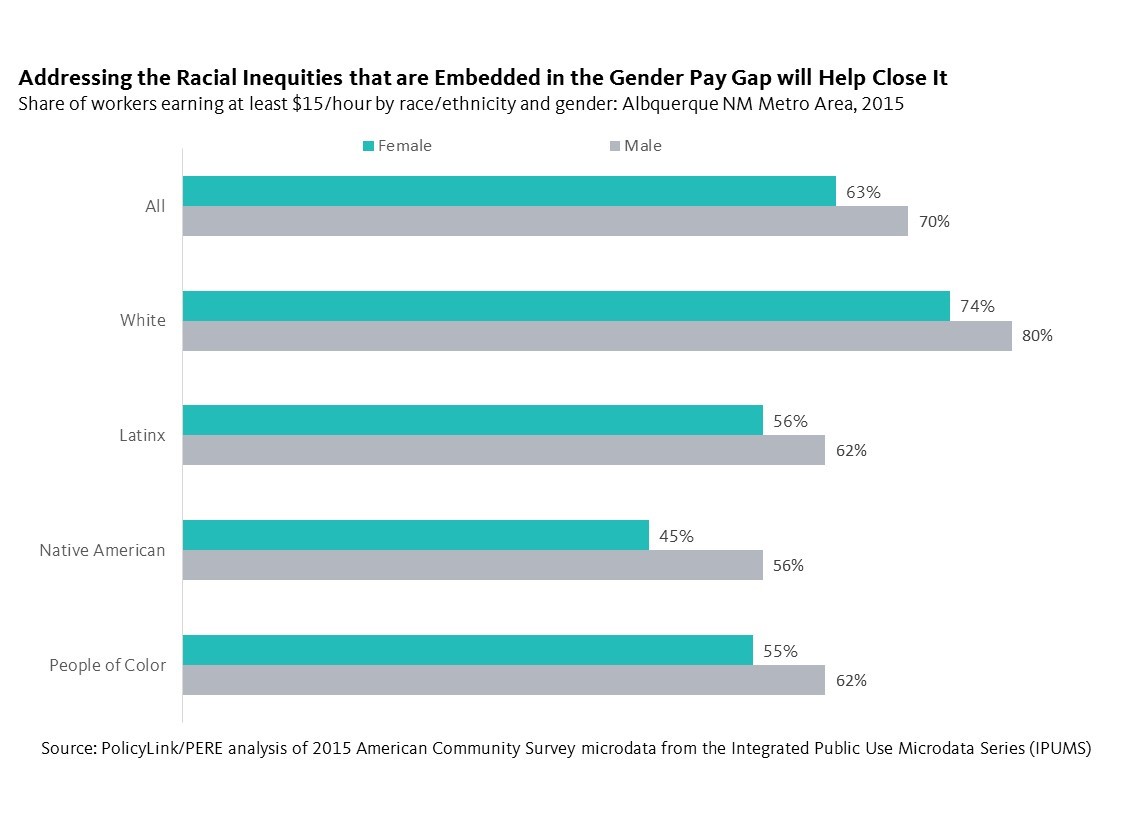National Equity Atlas Update
Greetings! As we move into fall, our team is expanding. We are happy to welcome Joanna Lee and Arpita Sharma to PERE, and are also excited for Huibin (Amee) Chew to join PolicyLink as an American Council of Learned Societies Equitable Economy Fellow, beginning September 4.
New Community Data Projects
Over the next year and a half, the National Equity Atlas team will be working with five community organizations and coalitions in New Mexico and Mississippi on data projects to advance equitable growth locally. The partners and their projects include: the New Mexico Center on Law and Poverty (predatory storefront lending), the New Mexico Worker Organizing Collaborative (wage theft), Doña Ana Communities United (equity policies in Las Cruces), San Juan College (equitable economic development in Farmington), and East Biloxi Community Collaborative (equitable opportunity zones). We are grateful to the W. K. Kellogg Foundation for supporting this project and excited to get started!
Join Us at the 2018 CIC Impact Summit in Minneapolis!
From September 17-19, the Community Indicators Consortium (CIC) will host its annual impact summit in Minneapolis, with the theme of "Community Indicators in Action." One of our longtime collaborators, Dr. Chris Benner of the University of California, Santa Cruz, will deliver the keynote, and Sarah Treuhaft will lead a workshop on leveraging data and narrative to advance equity locally on September 19. Register here.
Seeking a Communications Strategist in Oakland
Are you a communications expert passionate about racial and economic equity and empowering community changemakers with data? PolicyLink is looking for a part-time strategist in our Oakland office to implement our communications and outreach strategy for the National Equity Atlas and the forthcoming Bay Area Equity Atlas. Apply here.
In the News
Kevin Alin and Peter Truog of The Fund for Our Economic Future cited our data estimating that Cleveland's regional economy could be $15 billion stronger each year with racial equity in income in their blog post encouraging cities to advance racial equity through their opportunity zone investments.
Thank you!
The National Equity Atlas team at PolicyLink and the USC Program for Environmental and Regional Equity (PERE)

